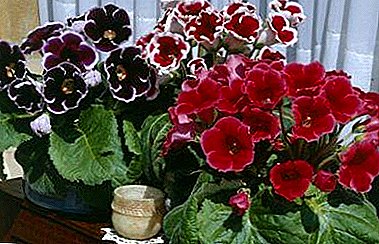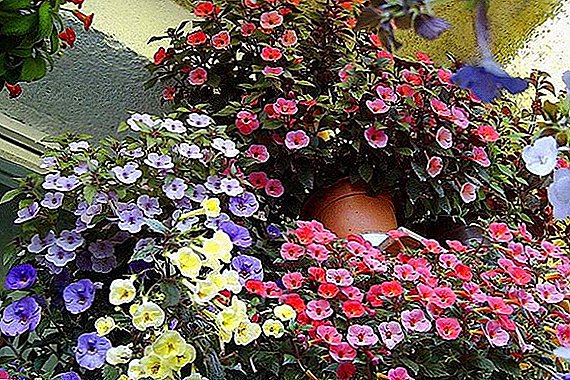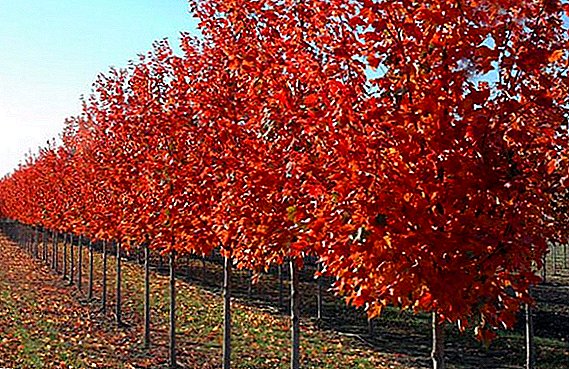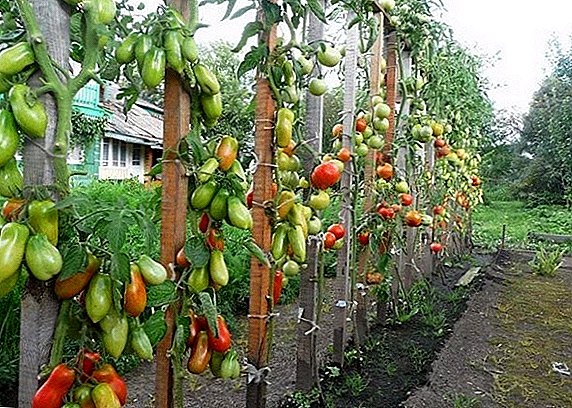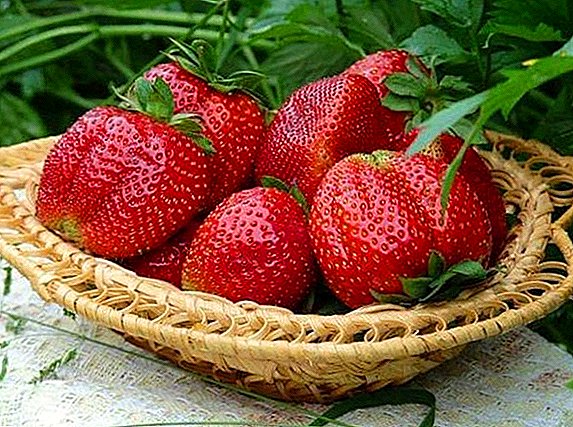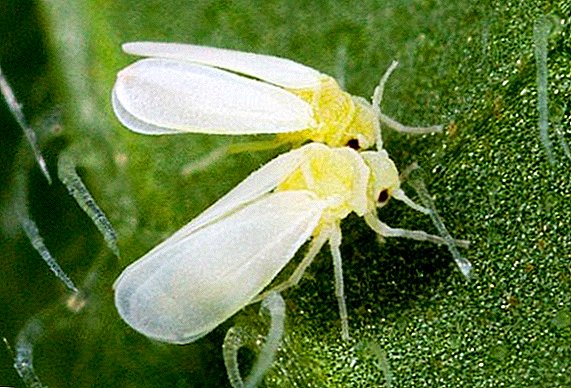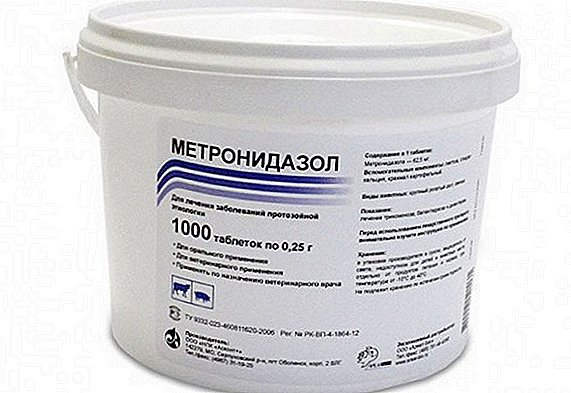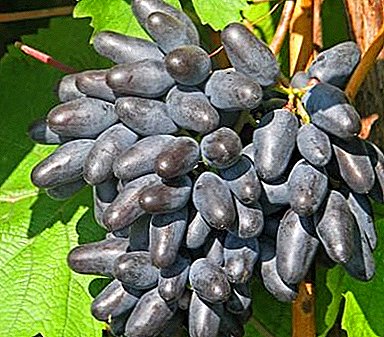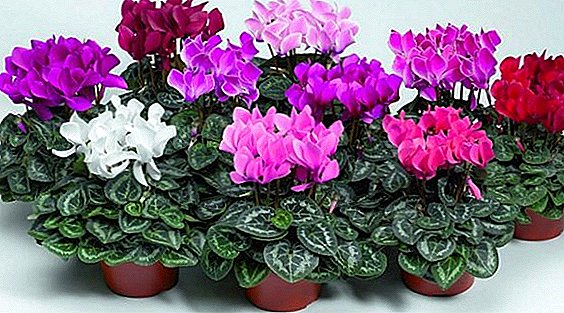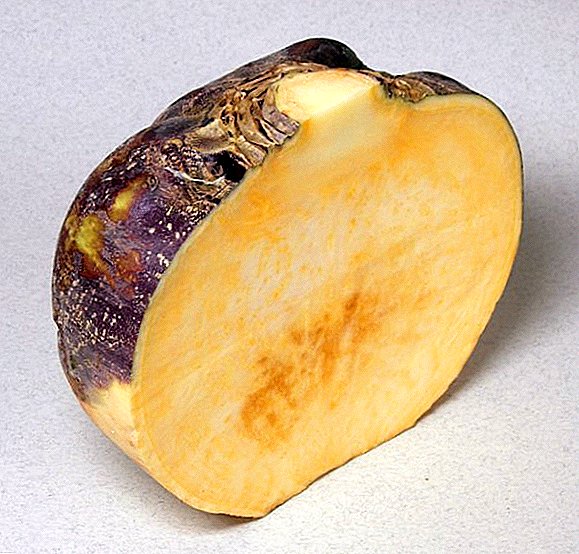 Swede - The plant is a hybrid of cabbage and turnip, its homeland is considered Sweden.
Swede - The plant is a hybrid of cabbage and turnip, its homeland is considered Sweden.
This root crop has a juicy, spicy yellowish-white flesh, is a relative of radish, radish and all kinds of cabbage.
Rules for landing swede
What is swede, already clear, find out the main points of planting this root. Before planting, the dug holes are well watered, the seedling root is dipped into the clay mixture. Put so that the neck was on the surface. After watering the wells again and tamping the soil.
Optimum landing time
 Planting seedlings occurs one and a half months after sowing the seeds, when the seedlings already have a couple of leaves. In terms of guided by the weather in your area, the approximate period - the middle of May. Rutabagum can be planted in late autumn. With such a planting in the spring even thick sprouts sprout. They appear a couple of weeks earlier than in May.
Planting seedlings occurs one and a half months after sowing the seeds, when the seedlings already have a couple of leaves. In terms of guided by the weather in your area, the approximate period - the middle of May. Rutabagum can be planted in late autumn. With such a planting in the spring even thick sprouts sprout. They appear a couple of weeks earlier than in May.
Choosing a place to plant
When planting swede, choose yourself, but there are basic rules for choosing a site. Groundwater should be deep, and the soil should be fertile, loamy or sandy, possibly peaty. Place for landing is prepared in advance - in the fall.
The soil is fertilized with compost or humus with the addition of superphosphate and potassium salt, about 30 grams per square meter. You can sprinkle the soil with dolomite flour before fertilizing.
Preparations for planting swede seeds
Before germination, seeds need to be disinfected with a special solution: Chop 25 g of garlic, add 100 g of water. Hold the seeds in this mixture, then rinse with clean water and dry. To germinate the seeds, they are wrapped in a damp cloth and kept until sprouts appear.
Scheme and depth of landing
 How to plant swede on open ground: wells dug at a distance of 20 cm in a row, between the rows - half a meter. Sand is poured into the hole, then the seedlings are carefully laid and covered with sand and peat compost.
How to plant swede on open ground: wells dug at a distance of 20 cm in a row, between the rows - half a meter. Sand is poured into the hole, then the seedlings are carefully laid and covered with sand and peat compost.
During the autumn planting, the depth of the hole is made up to 3 cm at the same distance as in the seedling method of planting. In the hole put on 2-3 seed. Sprinkled with sand and a layer of compost.
Cultivation and care of turnips
Growing swede more fruitful under warm weather conditions. The first shoots peek at a temperature of + 3 ° C, and for the growth and formation of root crops the best temperature is + 16-18 ° C.
Attention! Rutabagum badly transfers heat. When the air temperature is above + 21 ° C, the fruits lose juiciness and taste.
Loosening and weeding the soil
 Care of turnips involves weeding, loosening and hilling. Weeding is carried out between the rows and on the rows themselves, removing weeds sucking nutrients from the soil.
Care of turnips involves weeding, loosening and hilling. Weeding is carried out between the rows and on the rows themselves, removing weeds sucking nutrients from the soil.
The first time they loosen the soil immediately after transplanting, it is most convenient to loosen after rain or watering. During the season they make about five loosening of the soil to a depth of 8 cm. Spud turnips during the period of the ovary of rosettes covering the leaves.
Watering and fertilizer
In a dry summer, watering is carried out often, but it is impossible to re-moisten the soil: the turnips will grow watery and fresh. It is advisable to use warm and separated water for irrigation.
For spring and summer, you can spend 2-3 feeding, alternating organic matter with mineral fertilizers. In early summer, you can feed a solution of ash with the addition of superphosphate. This feeding is carried out after irrigation and loosening.
Did you know? The following elements are useful for good fruit development and taste improvement: potassium, phosphorus, copper, manganese, boron. Phosphorus adds sweetness to the taste, and boron gives juiciness and a light shade of flesh.
Pest control
 Swede is more prone to parasites than diseases. Most often it is attacked by cabbage flies, aphids and fleas. The latter can be fought with ash, scattering between the rows.
Swede is more prone to parasites than diseases. Most often it is attacked by cabbage flies, aphids and fleas. The latter can be fought with ash, scattering between the rows.
A dry mixture of naphthalene and river sand, one to ten, is prepared against a cabbage fly. The mixture is also scattered on the beds. The procedure is repeated ten days later. Cabbage aphids are sprayed with a solution of soap and water, sometimes ash is added.
Important! To protect the plant from the cruciferous flea, after planting the seedlings are powdered with wood ash.To minimize swede disease, deep digging of the soil, preventive spraying and dusting with dry mixtures are always carried out, and seeds should be disinfected before planting.
Collection and storage of rutabaga root vegetables
If you planted swede for summer use, the crop is harvested as the root crops ripen. Consider that large fruits are not always juicy and tasty, do not chase after size. For winter storage, cleaning begins in early September, you need to finish before the onset of the first frost.
 Root crops are harvested in dry and warm weather, so they will be stored better. The swede is pulled out of the ground by hand and suspended to dry in a ventilated place. Eat damaged or cracked fruits: they are not suitable for long-term storage.
Root crops are harvested in dry and warm weather, so they will be stored better. The swede is pulled out of the ground by hand and suspended to dry in a ventilated place. Eat damaged or cracked fruits: they are not suitable for long-term storage.
With good root crops cut the tops, leaving two centimeters, put in boxes, pouring sand. The storage of swede in the winter occurs at temperatures ranging from zero to four degrees Celsius.
Useful properties of swede
Swede has a rich chemical composition. These include: proteins, fats, light carbohydrates, fiber. Vitamins present in the composition: ascorbic acid, vitamin A, B-vitamins, carotene, rutin and essential oil. A large number of trace elements: potassium, calcium, copper, phosphorus, iron, sodium and sulfur.
After all the above listed question: what is useful swede, can be considered closed.
Infusion of swede seeds used in stomatitis. Root crops are used as a diuretic and anti-inflammatory agent. The sap of the plant heals wounds and burns.
Swede has absorbing and expectorant effects, is used for dry coughs, diseases of the lungs and bronchi.
In winter, with vitamin deficiency, swede - a valuable source of vitamins and minerals. Long since swede gave the elderly to maintain vitality. Due to the large amount of vitamin C, swede well fights against colds and supports immunity.
Who should refrain from using swede
Swede does not have a large range of contraindications. It is not recommended to eat with gastritis, ulcers, as the root has a high content of ascorbic acid.
In other disorders of the gastrointestinal tract, coarse vegetable fibers of rutabaga can irritate the mucous membranes. For the same reason, it is not advisable to give swede to small children.
Interesting fact! In Switzerland, in the city of Richterswil, every year in November, a celebration is held dedicated to the rude. This holiday celebrated its centenary in 2004.Allergy sufferers should find out the composition of swede: individual intolerance of any elements in the composition of the root is possible.


